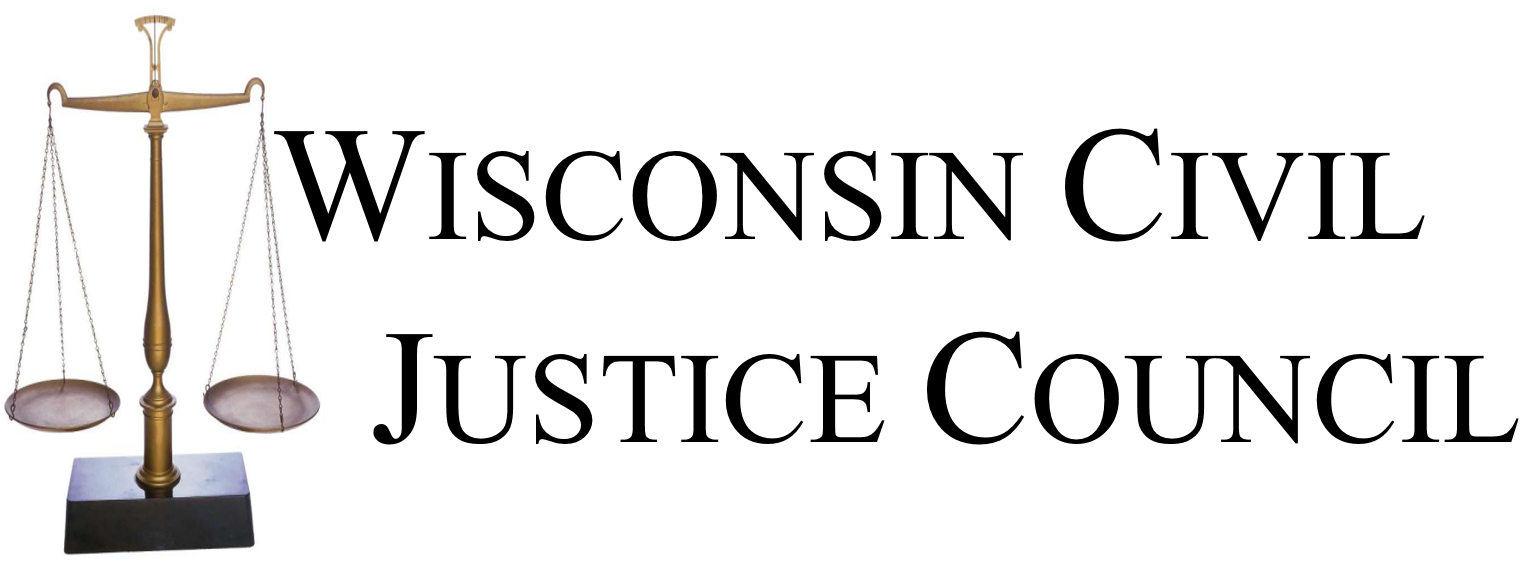On Friday, September 12, the Wisconsin Supreme Court heard a number of cases dealing with the issue of whether septage is a “pollutant” that triggers the pollution exclusions in the insurers’ policies. Below is a discussion of the cases heard by the Supreme Court.
Background
In the first case (Preisler v. Kuettel’s Septic Service, 2012AP2521), the plaintiffs (Preislers) owned a dairy farm on which they raised cattle. The Preislers entered into an agreement with Duke Kuettel, owner of Kuettel’s Septic Service, to spread septage on Preisler’s farm as fertilitzer. Kuettel’s Septic Service received permission to spread the septage as fertilizer on Preislers’ farmland from the Department of Naturals Resources, and did so for several years.
In 2008 the Preislers started experiencing problems on the farm. A large algae bloom appeared in their pool, which had been filled with well water. In addition, the Preislers’ cattle, which drank the well water, began to die in an uncharacteristically high rate. The deaths began to subside after the Preislers dug a new well.
The Preisler filed suit against Kuettel’s Septic Service and numerous insurance companies for the harm allegedly caused by the septage. Each of the insurance policies contained a similarly worded exclusion for pollution. Specifically, the policies excluded damage caused by the actual, alleged, or threatened discharge, dispersal, seepage, migration, release, or escape of pollutants. The policies also similarly defined “pollutant” as “as any solid, liquid, gaseous, or thermal irritant or contaminant.” The policies also included examples of pollutants, including, “smoke, vapor, soot, fumes, acids, alkalis, chemicals, and waste.” Each policy defined “waste” as “materials to be recycled, reconditioned, or reclaimed.”
The Court of Appeals, Dist. III held that septage is “unambiguously a pollutant” and therefore was a pollution exclusion under the policies.
In a separate case (Wilson Mutual Ins. Co. v. Falk) involving slightly different facts, the Court of Appeals, District II reached the opposite conclusion. In that case, the court held that cow manure is not a pollutant under the farm owners’ policy and therefore did not trigger the pollution exclusion under the insurance policy.
A decision in each of the cases is expected by the end of July 2015.
